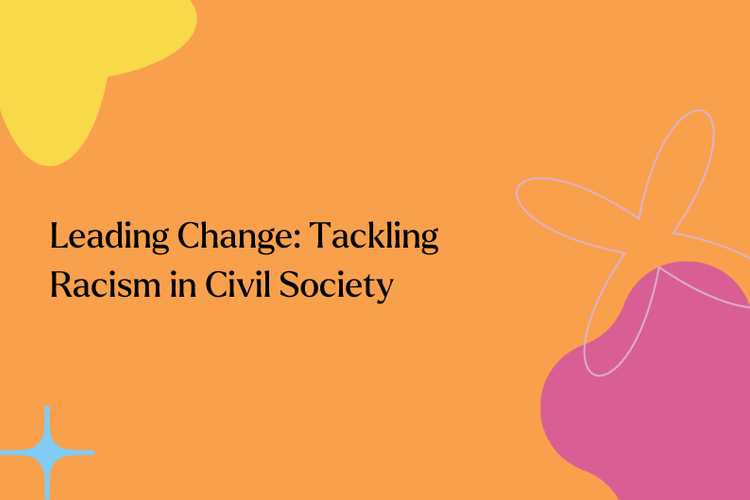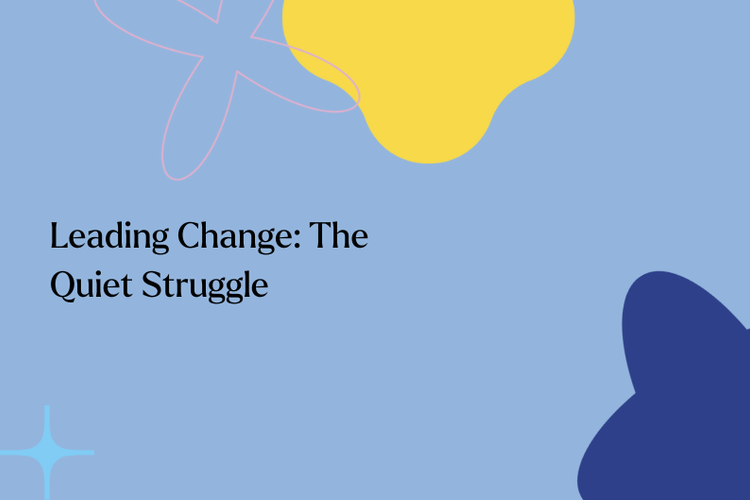
After speaking at a recent conference on inclusion and diversity in the voluntary sector, Shani Newbold realised there were too many compelling stats on the importance of diverse boards to include in her 20-minute slot. So she wrote this blog instead.
As recently as five years ago, we didn’t even recognise the commercial benefits of diversity of thought and background. Now, there’s a growing movement of people to quantify it, articulate it and champion it. Yet as many of us know, there’s still a lack of representation and appreciation for diversity, particularly at trustee level. Unfortunately, the emotional labour of justifying inclusive recruitment practices often falls on HR and EDI colleagues. As someone who lives and breathes the challenges, impossibilities and hard-won triumphs of fully inclusive recruitment, I hope this article – and the five insights below - serve as something of a ‘toolkit’ for colleagues who feel isolated in this endeavour.
1. Diverse Recruitment Yields Better Outcomes
Charities that actively embrace diversity in trustee recruitment report a 35% improvement in board effectiveness and better decision-making, emphasising the practical benefits of inclusive leadership. (NCVO/Trustee Leadership Survey, 2022)
2. Amidst a charity sector recruitment crisis, can we afford to exclude anyone?
The charity sector is facing a recruitment and retention crisis at all levels, on top of unprecedented societal and financial challenges. This is compounded by the continued reliance on informal recruitment methods, such as word-of-mouth.
The 2022 Charity Commission Trustee Research underscores the persistent difficulties charities face in attracting trustees with the necessary skills. According to the findings, 17% of trustees say they’re struggling to recruit individuals with the required expertise, a problem particularly acute for smaller charities that often lack the resources or visibility to reach diverse candidates. Due to their limited capacity, smaller charities face additional challenges in finding candidates who are not only qualified but also reflective of the diversity seen in the wider population.
Despite all of the above, we continue to rely on informal recruitment methods such as word-of-mouth, perpetuating a lack of diversity as candidates are drawn from existing networks of current trustees which often consist of individuals from similar social, ethnic, and professional backgrounds. This approach inherently limits the range of voices and perspectives on boards, leading to missed opportunities to include people from ethnic minority backgrounds, women, young professionals, and those with disabilities.
3. Trustee boards don’t accurately reflect the diversity of the communities they serve
The aforementioned recruitment methods inherently limit the range of voices and perspectives on boards, leading to:
Missed opportunities to accurately reflect the diversity of the communities they serve
A steep drop in trust among diverse communities (see below)
A worsening of underrepresentation in leadership
Research shows that:
Only 8% of charity trustees are people of colour, compared to 14% of the British population (Getting on Board, 2022)
Fewer than 5% of trustees report having a disability, compared to 22% of the UK population identifying as disabled, indicating that trustee boards lack representation from people with disabilities. (NCVO Almanac, 2021)
77% of ethnically diverse people in the charity sector have experienced or witnessed racism in the last five years (Home Truths 2/ACEVO, 2023)
4. Trust in charities is dropping more steeply among the communities they serve
Public trust in charities has declined, but this trust is not evenly distributed across society. The level of trust varies significantly depending on people’s economic security and diversity of experience.
According to research by the Charity Commission, trust in charities among highly educated professionals living in diverse, cosmopolitan areas, who tend to see charities as effective and aligned with their values (66%).
Within lower security, high diversity quadrants, trust is lower, with only 46% of people trusting charities. This group often consists of economically disadvantaged individuals in diverse urban areas. They may share the diverse experiences that charities aim to represent, but economic insecurity makes them more skeptical about how well charities are using their resources.
Lower security and lower diversity respondents show the lowest trust levels, just 37%. This group, typically blue-collar workers in rural areas, is often more skeptical about charities’ impact and is concerned about mismanagement of funds.
This matters because it clearly underlines the importance of having diverse perspectives on trustee boards. A more inclusive board, reflecting the varied experiences of both secure and insecure, diverse and less diverse populations, will be better positioned to build trust across all sectors of society. Ensuring that trustee boards represent a wider range of backgrounds helps charities address the concerns of sceptical groups and demonstrate that they are truly working for the benefit of all communities.
5. Recruitment campaigns are a fantastic branding opportunity
If you’re reading this, you’ll know that being a truly inclusive organisation – and employee – is a way of being, rather than a list of actions or tasks. It runs through absolutely everything you do as a representative of your organisation and an agent for wider change. In the same way, the process of bringing in new trustees – or indeed any new colleague – should have a commitment to diversity running throughout every thought, every conscious decision, and each individual step.
We can use recruitment as a way to to demonstrate and reinforce our organisations’ commitment to becoming anti-racist, and more inclusive. Your campaign is an opportunity to communicate key messages about change and ambition to an audience that’s far larger than interested candidates; they will include potential supporters, donors, and partners. It’s also an opportunity to get everyone on the same page, effectively to re-sign the emotional contract they have as individuals to be more inclusive, and to role-model that as employees.
Only when collectively signed up to and clear on your messaging can you really articulate it and ensure your ambitions are reflected in your actual recruitment campaign. And only when you’re fully clear on the people you need in post can you create the right plan to find them.






















